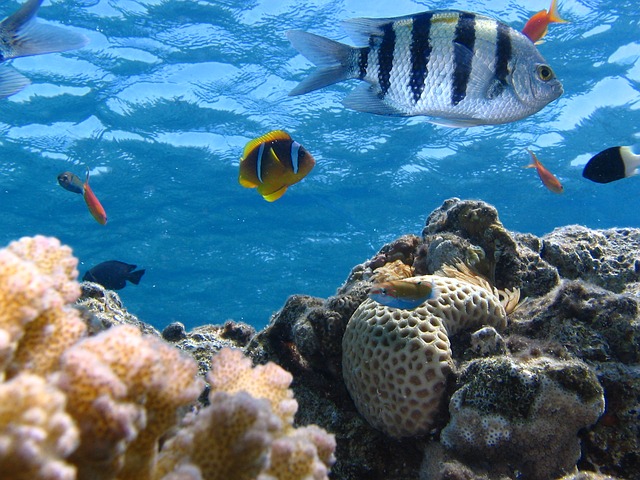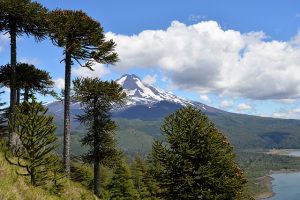
ECO 101 — Ecosystems
Important environmental lessons made simple.
That’s the goal of Modern Kids Design’s ECO 101, a series we’re reintroducing to help break down big ideas like ecosystems, the food chain, energy, water, healthy food, and more into quick, easy fact sheets for busy parents and kids. We’ve heard from many parents that it’s not always easy to talk about some of the environmental issues that are important to them with their kids given that the topics are often so complex. Our hope is to try and make some of them a little more accessible and to even brainstorm some fun activities to complement the topics along the way.
Parents who care about the environment and want to make changes in their lifestyles have found that sharing the reasoning behind their values with their kids can be challenging at times too. We agree! As parents, we know the importance of providing information for our kids, but it isn’t always easy to talk about big issues with kids or break them down into bite-sized pieces of information that they can digest. And adding to the challenge, we also want to share information so that they can think critically about what is being presented and arrive at their own conclusions.
So, in an effort to provide you with a little food for thought when talking with your kids, here in Eco 101, we will try to cover as many areas as possible and welcome your feedback and suggestions for future topics. We genuinely hope you’re able to find some time to talk about these important topics with your kids and that it contributes to some of the fun and interesting conversations that you’re no doubt already having!
Introducing Ecosystems
Today we begin this series of posts by talking about how everything is connected through ecosystems.
Take a moment to look around you. Wherever you are, you’re in an ecosystem.
Perhaps without knowing it, you’re also a part of it. That bug scuttling across the ground? He’s part of the ecosystem, too. Squash him and you’ve changed the ecosystem, for better or worse.
Simply put, an ecosystem is a community. That community is made of living and nonliving things.

Living things include people, animals, plants, and creatures you can’t see, like bacteria. Non-living things include air, water, rocks, and soil. Weather and the shape of the land affect an ecosystem, too. Examples of ecosystems include rainforest, prairies, and deserts.
Perhaps the most important thing to remember about an ecosystem is that everything is connected. Each part of an ecosystem is affected in some way, small or large, by what happens to all the other things in it.
For instance, a forest is an ecosystem is made out of trees, ferns, birds, mice, and more. If someone cuts down a tree in that forest, the birds that live in the tree would lose their home. The loss of the tree would also affect the fern living under it that relied on it for shade. It would even affect the soil.
Ecosystems can be huge, like a forest, or too small to see. A great example of a tiny ecosystem is Whoville from the book “Horton Hears a Who.” That ecosystem was so tiny it looked like a speck of dust and Horton, the hero of the book, could hardly convince others that there were creatures living on it.
Another example of a tiny ecosystem is a drop of pond water. It might look like there’s nothing in it, but if you peeked at it through a microscope, you’d see that the little drop is chock full of squirming organisms living busy lives.
That little drop is also part of a bigger ecosystem—a pond. And that pond is part of an even bigger system, called a biome.
Biomes are made of many smaller ecosystems. When it comes down to it, just about everything is part of a very big system—something called the ecological system, which you can think of as the vast connection of ecosystems and biomes around the Earth.
As we mentioned in the beginning, people are part of these systems too. We can have a great impact on ecosystems and the earth as a whole. That’s why it’s so important to know that the products we use and the actions we take are as good as possible for the local ecosystem and the planet as a whole.
When we make the decision to recycle, rather than throw a plastic bottle in the river, or use a non-toxic bug spray instead of one full of chemicals, it’s good for the planet. And since we’re part of the planet, it’s great for us, too.
Check back soon to get some ideas on how to explore ecosystems with your kids in your own neck of the woods. And as always, thanks for reading! 🙂

